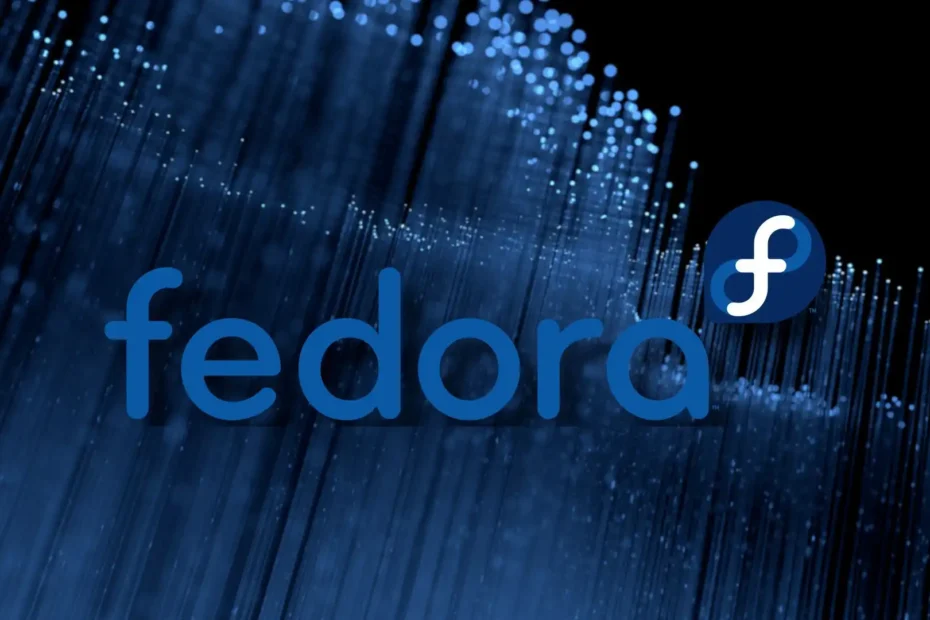Learn Arduino with RGB Traffic Lights
This project, although simple, contains several elements essential for working with Arduino and in general with microcontrollers. In addition to working with the RGB diode, the project involves using the analogWrite function to work with (certain) digital pins. Using this function implies the use of PWM signals, and also includes usage of user functions.
Read More »Learn Arduino with RGB Traffic Lights



